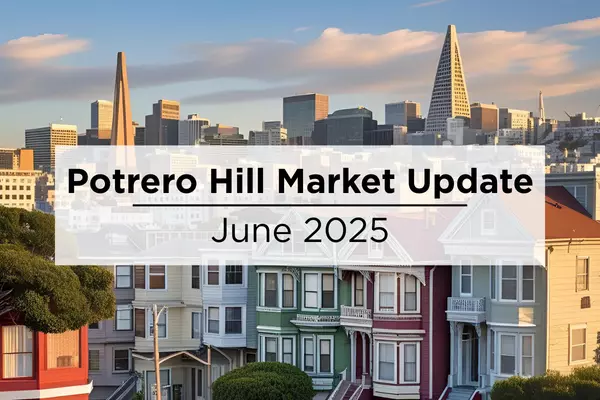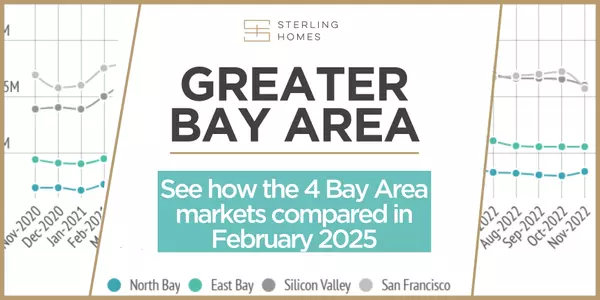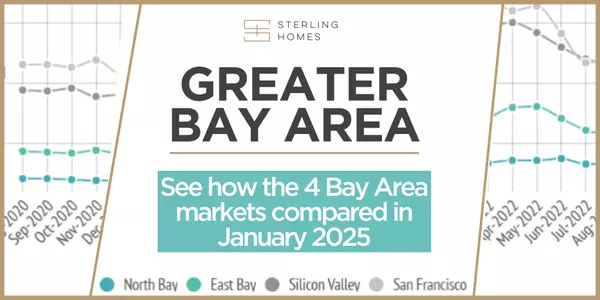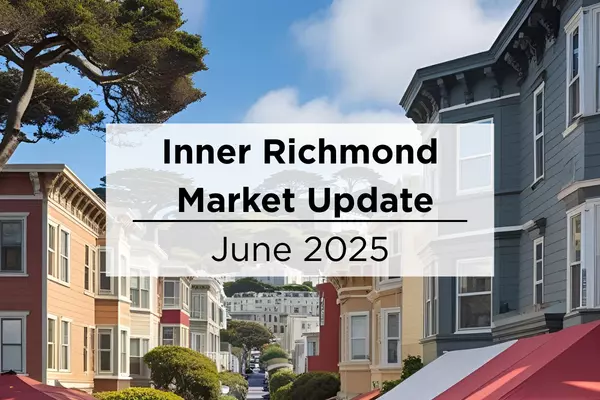
San Francisco Market Update: Spotlight on Inner Richmond – June 2025
As one of San Francisco’s most beloved residential neighborhoods, Inner Richmond continues to show signs of both resilience and opportunity. Whether you’re buying, selling, or just curious, here’s what’s happening in the local market—at a glance.🔍 Market at a GlanceInner Richmond experienced steady
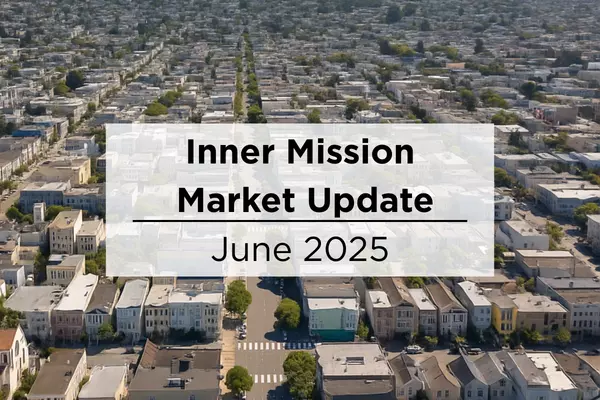
Inner Mission Real Estate: What Buyers and Sellers Need to Know This June
📍 The Inner Mission neighborhood continues to embody the vibrant spirit of San Francisco, known for its diversity and constant evolution. The latest data from May 2025 indicates a dynamic real estate market, showing notable shifts in both the single-family home and condo/TIC segments. 📈 Market at
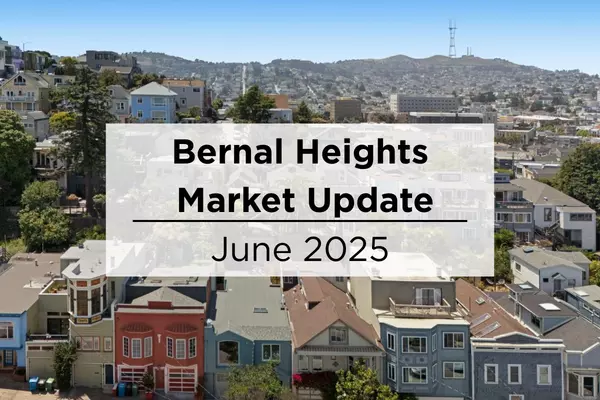
Why Bernal Heights Continues to Shine in San Francisco’s Real Estate Market (June 2025 Update)
If you're seeking a San Francisco neighborhood that balances charm, community, and long-term investment value, Bernal Heights is worth your attention.Nestled on the southeastern edge of the city, this hilltop haven remains a competitive and desirable area for buyers, especially in 2025. 📈 Market
Categories
Recent Posts






